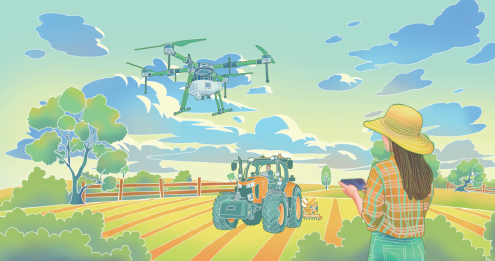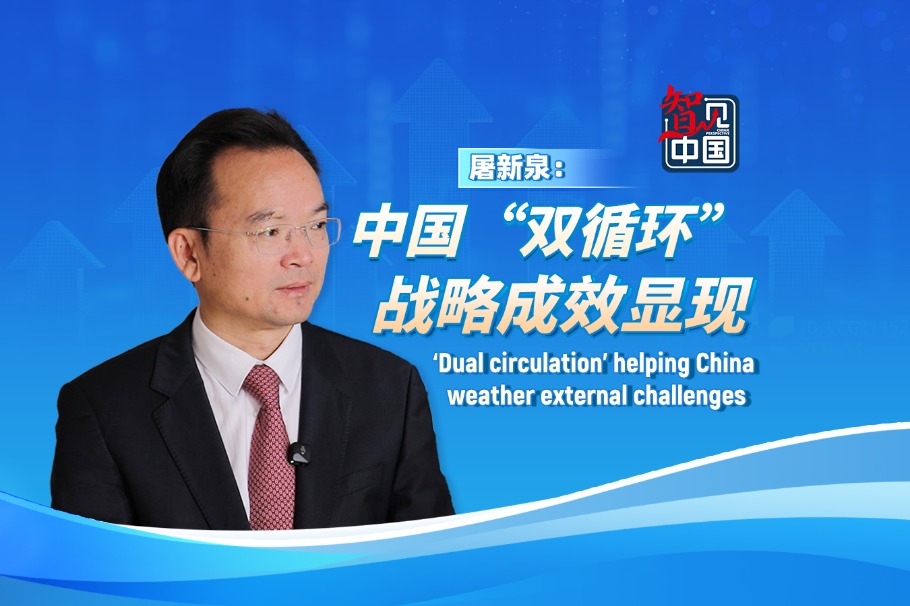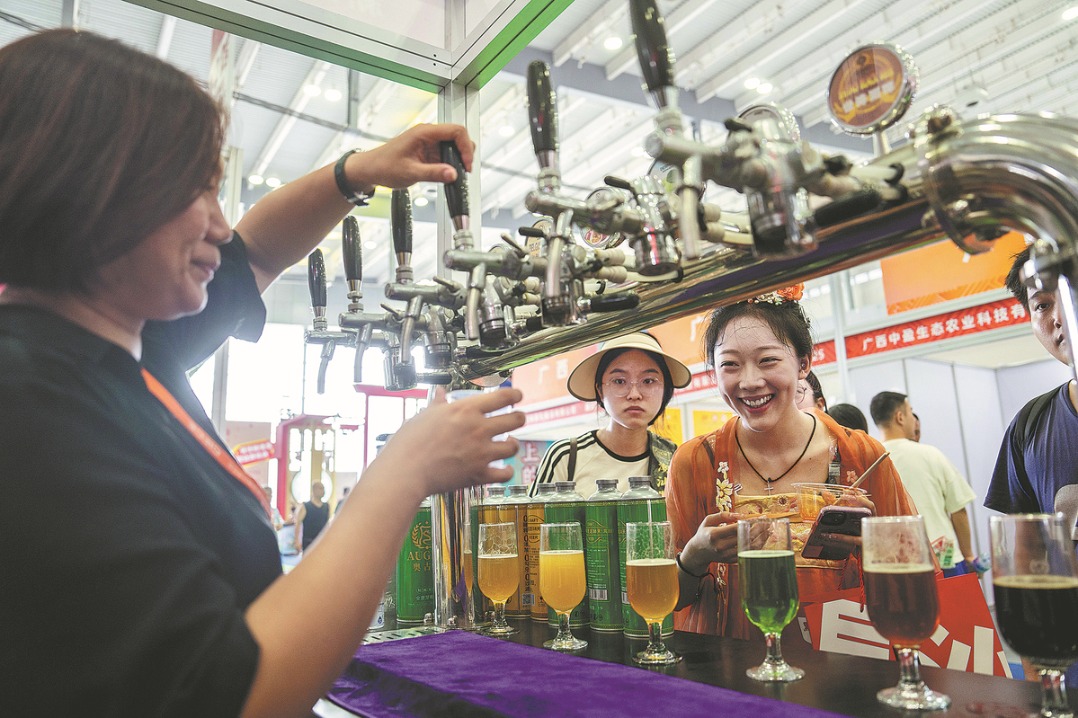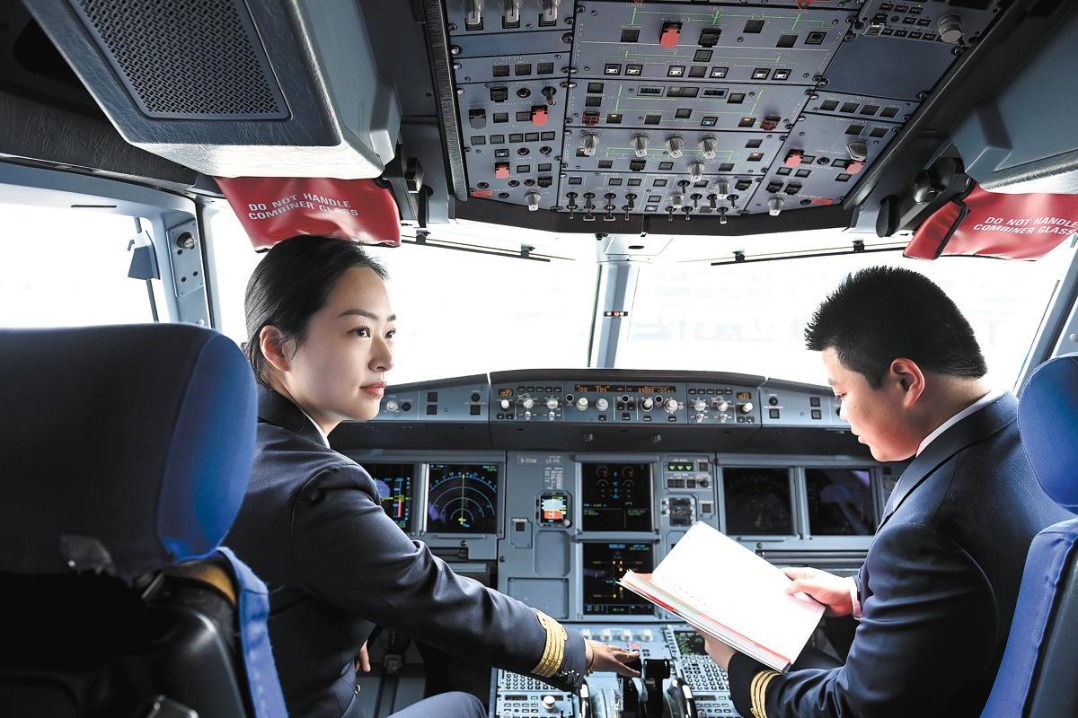Cultivating change


It is imperative for China to build an agricultural science and technology innovation system
A difference in agricultural resource endowments has resulted in different pathways for advancing agricultural technologies. Developed nations such as the United States generally have a small population employed in the agricultural sector. With abundant per capita agricultural resources and high labor costs, agricultural science and technology (S&T) innovation in these countries is mainly aimed at promoting mechanization and enhancing labor productivity. Furthermore, countries that have an advanced agricultural industry, such as the United States, are generally located in plain areas with centralized production layout, which allows them to form advantageous production areas with unified agricultural technology solutions where resources are most suitable.
China, however, has a large population engaged in agriculture, with prominent contradiction between surplus rural population and limited land resources. Therefore, agricultural S&T innovation in China mainly aims at increasing land productivity and adding value to farm products. Grain crops are grown across the nation, with great differences in climate, water and soil and cultivation conditions between different localities.
In particular, the mountainous areas, which consist of mountains, hills and plateaus, account for two-thirds of China's land area. To enhance land productivity, different planting patterns and technology solutions should be adopted according to local conditions.
There is also a difference in the market structure of agribusiness that has resulted in different roles in agricultural S&T innovation.
Agribusinesses in the developed countries have a high market concentration ratio, with multinational agritech companies monopolizing the market and playing a leading role in advancing S&T innovation in a "high-input-high-return "benign cycle for innovation. In the seed industry, for instance, Bayer invested over 2.3 billion euros ($2.34 billion) in crop science research and development in 2019 and Corteva's annual R&D expenses for 2021 were $1.187 billion. The two account for 64 percent of global patent applications for biological breeding.
In comparison, Chinese agribusinesses are smaller in size and scattered across the nation, with very weak strength in S&T innovation. China's agricultural S&T innovation is spearheaded by universities and research institutes. As of 2020, China has over 3,000 seed companies and over 1,700 farming machinery manufacturers above designated size. Most of the small and medium-sized enterprises only serve local markets. Taking the seed industry as an example, universities and research institutes account for 60 percent of patent applications while seed companies only account for 33 percent.
China needs to ramp up efforts to develop social services that help new agricultural technologies reach more smallholders to enhance the application effect of new technologies.
Therefore, China needs to concentrate nationwide efforts and resources on key national undertakings to build an agricultural S&T innovation system with Chinese characteristics.
To start with, China should accelerate the construction of national innovation platforms in the field of agriculture, establish a system of national agricultural chief scientists, strengthen forward-looking planning and systematic designs for agricultural S&T innovations, focus on making breakthroughs in crucial technologies such as genome editing and core agricultural equipment, and make plans in advance for strategic, cutting-edge and game-changing technologies such as smart agriculture, synthetic biology and biofertilizer application.
Second, China needs to forge an agricultural S&T innovation system that covers the entire industrial chain by strengthening links between different entities. To overcome the difficulties in agricultural R&D-low rate of success, long duration and strong externality-China needs to increase the pre-tax deduction for agribusinesses' R&D expenses and increase support for their R&D projects.
S&T project should be demand-oriented, aimed at satisfying the demands of businesses and agricultural producers. China should encourage the establishment of joint innovation centers between agribusinesses and universities and research institutes, as well as innovation alliances in different market segments, with research projects targeted at solving practical problems in agricultural production. An agricultural S&T innovation fund should also be set up to promote technology industrialization with incentives for related participants.
Third, China needs to provide services to farmers to enhance the efficiency of promoting new agricultural technologies. A public service system for popularizing agricultural technologies should be reorganized and optimized. Existing facilities such as breeding stations, plant protection stations, soil and fertilizer stations, crop cultivation stations, agricultural machinery stations and vet stations, should be integrated into regional agricultural comprehensive technology service centers to provide unitized technological services to agricultural producers. Agritech companies should be encouraged to expand their business into providing comprehensive agricultural services, and different types of social service organizations in agriculture should be cultivated.
Last, China needs to improve the quality of agricultural scientific research and education by increasing its input and bolstering institutional reforms. The viewpoint of "macroagricultural science and technology" should be upheld by promoting integrated development between traditional agriculture and emerging technologies. Interdisciplinary curriculum design and dual degree programs should be established and improved to cultivate interdisciplinary talents. Practice-based research should be implemented, and the evaluation and incentive mechanisms for scientific research achievements should be based on production and application effectiveness. Education and training of professional farmers should be strengthened; universities should be encouraged to provide opportunities of on-the-job education for professional farmers; and the vocational technical qualification and professional title systems for professional farmers should be improved.
Cheng Yu is deputy director of the rural economy research department at the Development Research Center of the State Council. Ning Xia is an associate research fellow with the rural economy research department at the Development Research Center of the State Council. The authors contributed this article to China Watch, a think tank powered by China Daily.
The views do not necessarily reflect those of China Daily. Contact the editor at editor@chinawatch.cn.


































